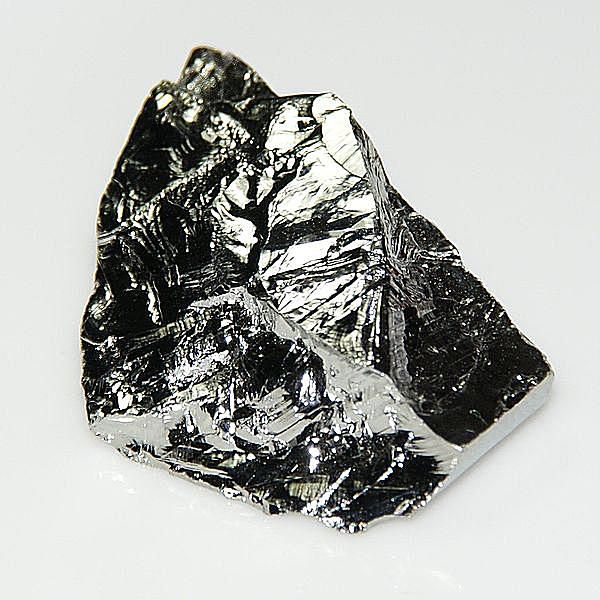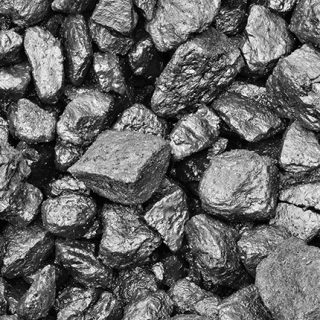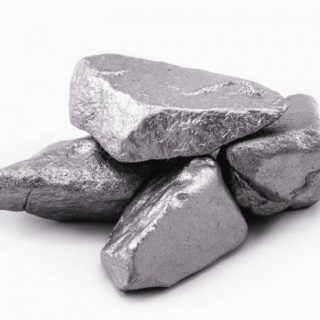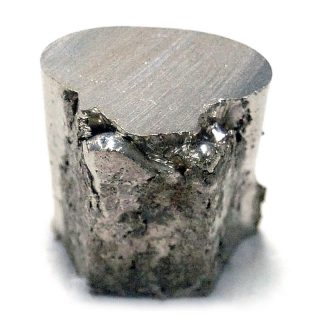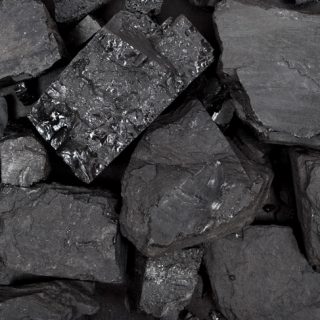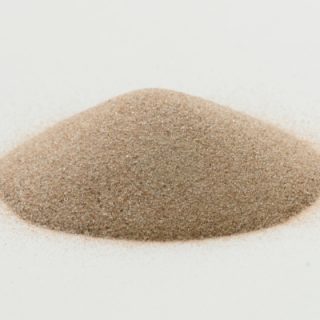Related products
-
Steam coal (sometimes called thermal coal) is a grade of coal used in electric power plants to generate steam to create electricity. Most of the coals mined in the United States are steam coals. Steam: Coking coal, also known as metallurgical coal, has low sulfur and phosphorus content and can withstand high heat.
-
Cerium (Ce), chemical element, the most abundant of the rare-earth metals. Commercial-grade cerium is iron-gray in colour, silvery when in a pure form, and about as soft and ductile as tin. It oxidizes in air at room temperature to form CeO2. The metal slowly reacts with water, and it quickly dissolves in diluted acids, except …
-
Nickel is a chemical element with the symbol Ni and atomic number 28. It is a silvery-white lustrous metal with a slight golden tinge. Nickel belongs to the transition metals and is hard and ductile. Symbol: Ni Atomic mass: 58,6934 u Electron configuration: [Ar] 3d⁸4s² Atomic number: 28 Melting point: 1 455 °C Van der …
-
Carbon (from Latin: carbo “coal”) is a chemical element with the symbol C and atomic number 6. It is nonmetallic and tetravalent—making four electrons available to form covalent chemical bonds. It belongs to group 14 of the periodic table. Carbon makes up only about 0.025 percent of Earth’s crust.
-
Zircon (zirconium silicate) sands are naturally occurring, rounded sands used in foundry, ceramic, refractory, and precision investment casting applications. They are critical components in the production of glazes, ladle brick, wall tiles, coatings, shell molds and cores, and metal chills.

